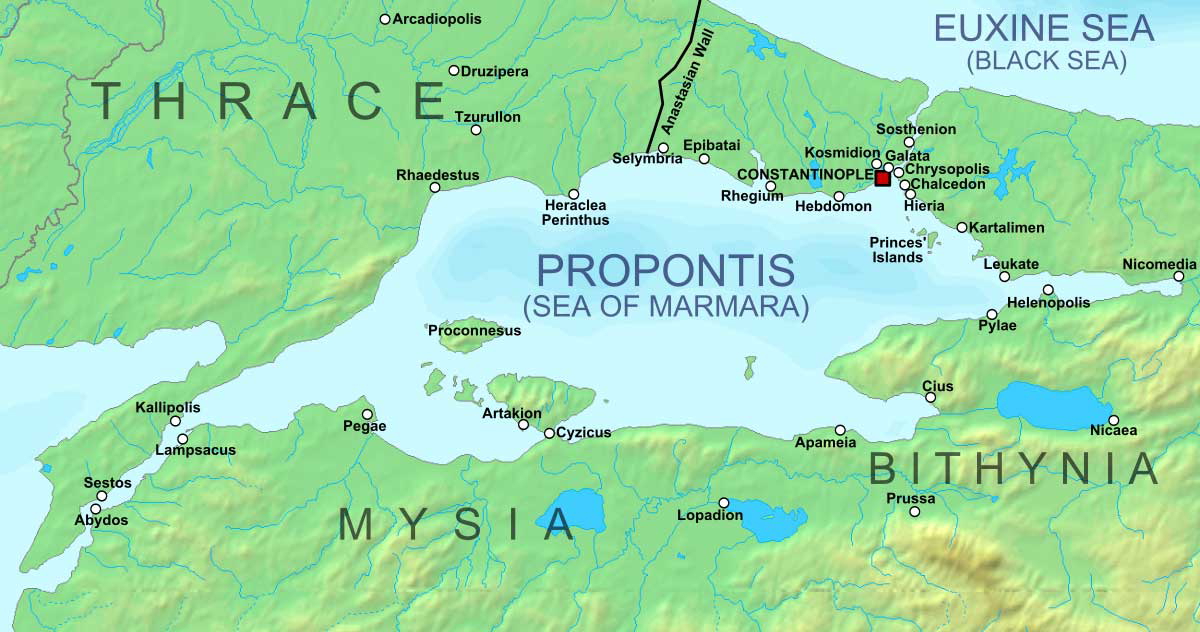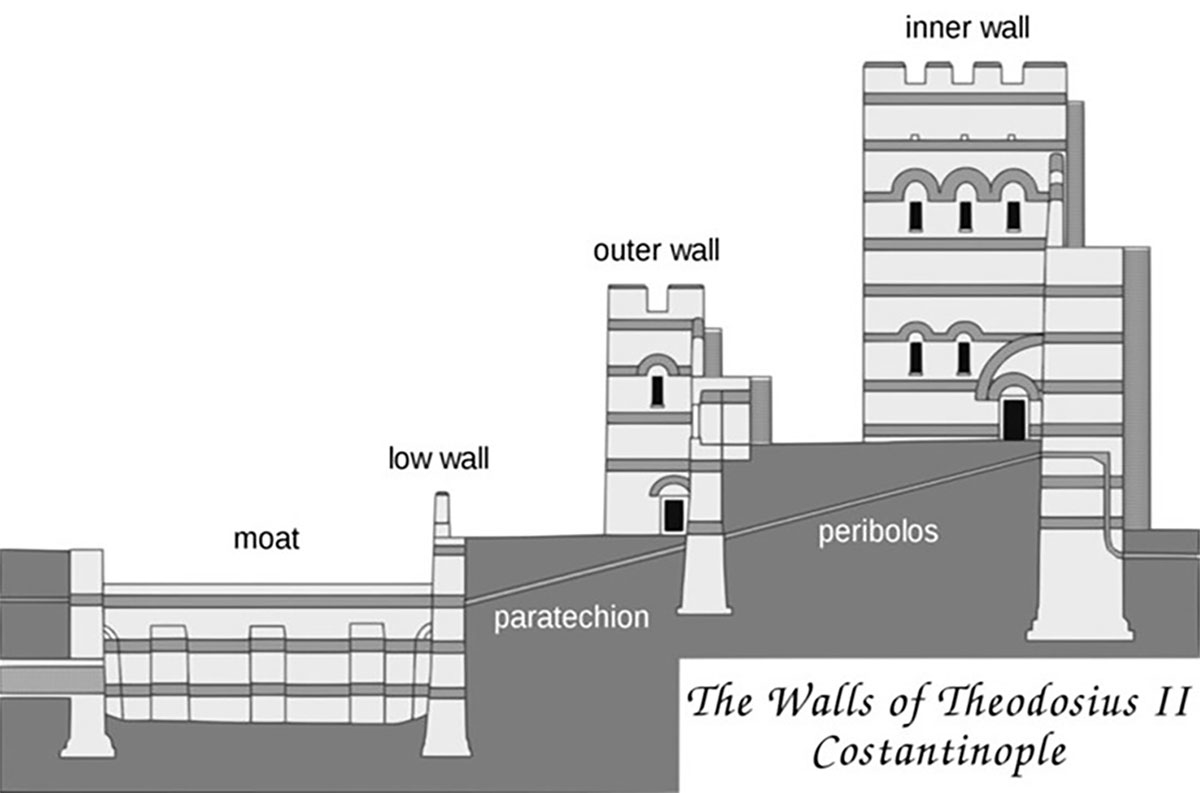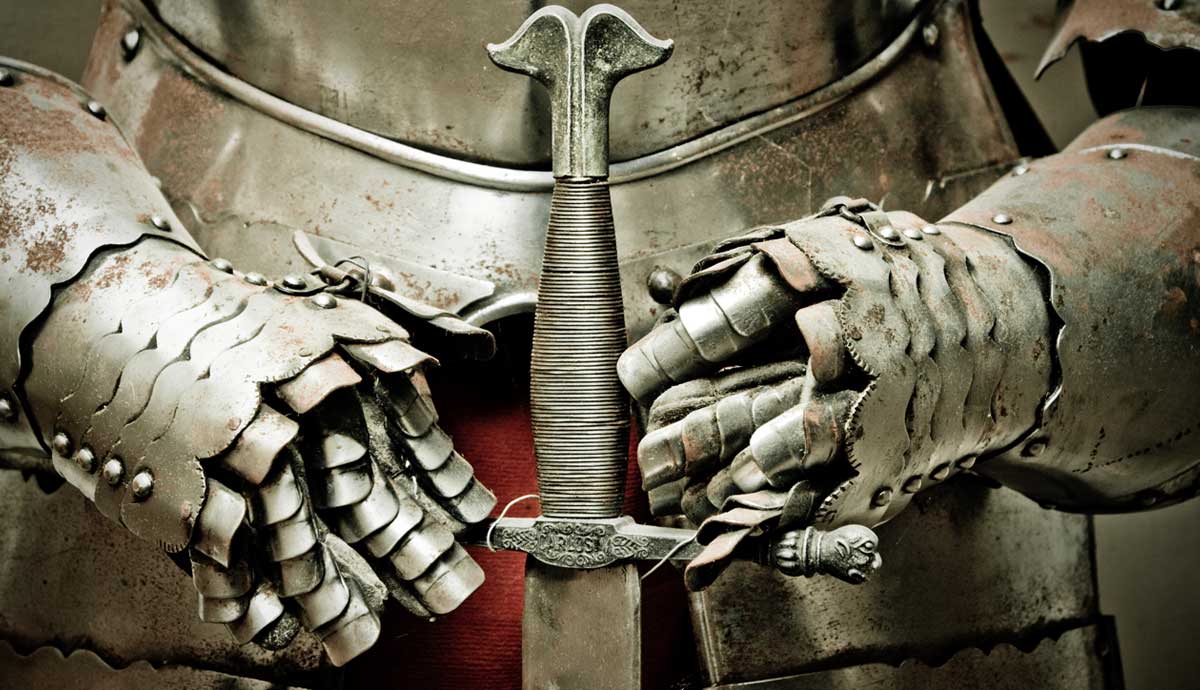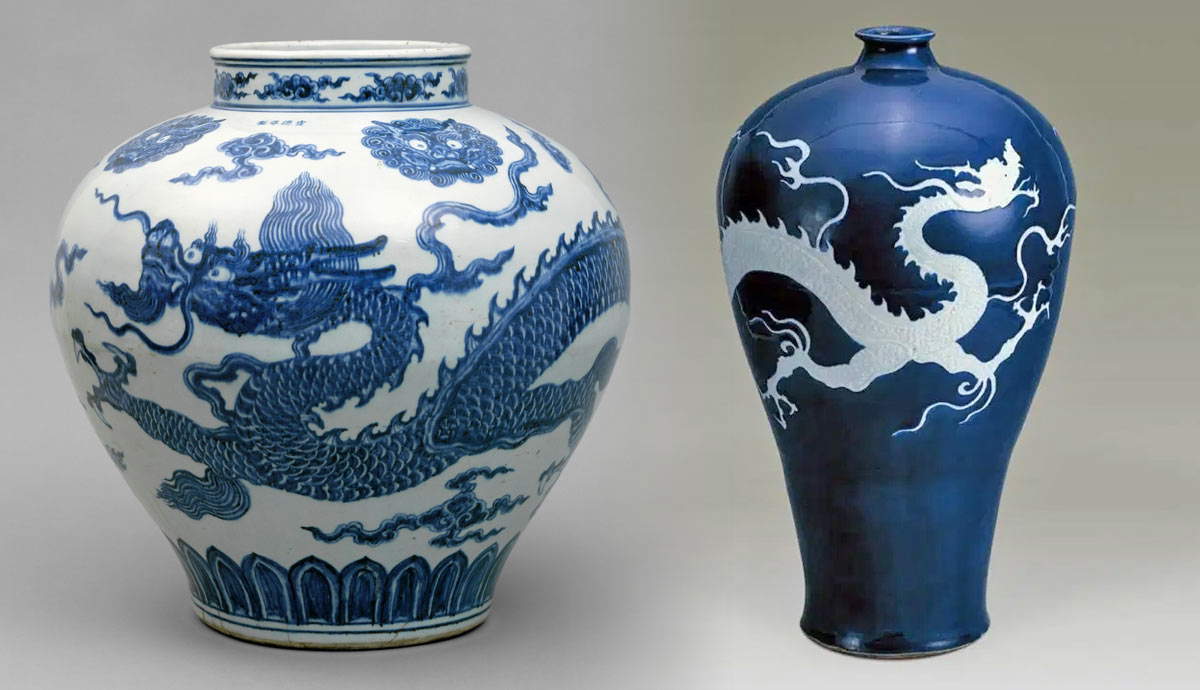
The roots of both the 674 and 717 Bosporus battles lay in the Umayyad Caliphate’s ambition to end Constantinople politically and religiously. In the 660s, the Umayyad Caliphate’s campaigns began to complete the initial Arab conquests. North Africa, Palestine, and Syria fell in succession in conjunction with a growing Arab navy. Simultaneous attacks began in Anatolia. The battles seesawed over time, but the Arabs kept the advantage. Twice, their armies reached the shores opposite Constantinople. Finally, the Arabs in 670 seized Cyzicus, a town nestled on the opposite shore of the Sea of Marmara yet only 120 kilometers distance. The Umayyad launched annual raids only to be defeated by Constantinople’s legendary Theodosian Walls.
674 The First Battle of the Bosporus

The Arab fleet under the Umayyad Caliphate traversed the Dardanelle Straits to Cyzicus. With its protected harbor and peninsula, the town provided a decent and safe harbor. This stage evolved into a prolonged campaign rather than a single battle. By late spring 674, they launched pinprick attacks on defenses or checking Byzantine naval preparations.
A little-discussed fact is the Byzantine Navy held a qualitative edge. The fast and maneuverable dromond, a two-tiered galley, was the Fleet’s backbone. The Byzantines possessed a strategic view, with permanent bases, shipyards, and a tested strategy for defending the Bosporus and Constantinople. All this dated back several centuries, an inheritance from the old Roman Empire.

The Byzantine use of Greek Fire gave the Navy a terrible, unmatchable armament. This incendiary weapon spat fire through ship-mounted siphons. Greek Fire burned even on water and was nearly unquenchable.
The Umayyad Caliphate built a substantial navy, which won sporadically. In a shift during the summer of 674, the Umayyads attempted to blockade the Bosporus Straits. The Byzantines counterattacked, using their superior local sea knowledge, and burned the Arab ships, thereby maintaining open supply lines.
With no clear path to victory against the hated al-Rum (Romans), the Arabs withdrew to Cyzicus. The Byzantines also repelled the Umayyad army on the opposite side of the Bosporus. By 678, the combatants negotiated a treaty. The Arabs withdrew from Anatolia due to internal troubles.
A Rematch on the Bosporus Straits of 717

Despite a decades-long gap between sieges, the Arabs always sought to capture Constantinople. Economically, a win meant controlling the Eastern Mediterranean. For Islam, winning would be a religious victory against Christianity by eliminating the largest Christian power. So, around August 717, the Umayyad struck again.
The Umayyad Caliphate prepared carefully this time, invading with 120,000 men and 1,800 ships. They crossed the Bosporus Straits and circled Constantinople with siege works. The wily Byzantines, led by Emperor Leo the Isaurian, knew of this imminent attack. For years, spies reported that thousands of Lebanon’s cypress trees were being harvested for ship construction.
Supplies and reinforcements came into the city prior, protected by its enormous Theodosian Walls. The Byzantine Navy attacked like the prior war. In the narrow Bosporus, Greek Fire annihilated this first fleet, breaking the blockade. The siege continued into a harsh winter, making the Arabs miserable. During the winter, supplies dwindled, and the ravaged countryside offered little.
The Umayyad Caliphate’s army faced an unexpected entanglement during their siege-the Bulgars. The year prior, despite frequent conflicts, the Byzantines and Bulgars aligned. The Bulgars stood to lose potentially; if the Arabs conquered Constantinople, soon Muslim armies would march north.
A Victory on the Bosporus – 718

Despite their numbers, the Arabs faced famine and disease during the winter of 718. Constant Bulgar raids, rear attacks, disrupted supply lines, and one significant battle only hastened any difficulties. This left the Arabs in a vice grip between new enemies and Constantinople’s city defenses.
On the Bosporus Straits in early spring, two large Arab fleets arrived. The first fleet’s crews, being Egyptian Coptic Christians, went over to the Byzantines.
Emperor Leo launched a naval attack on this news. Hindered by desertions and attacked with Greek Fire, Arab ships burned or fell into Byzantine hands. The unexpected victory left little food or weapons for the Umayyad Caliphate’s army and eliminated the naval blockade. The Byzantine Army added to the Arab’s misery by crushing a reinforcing army across the Bosporus Straits near Nicomedia. The Umayyad Caliphate army’s position only grew more desperate. To the Umayyad, they’d lost the battle. Starting in mid-August 718, the Arabs retreated, ending just over a year-long siege. In an ironic twist, a storm in the Sea of Marmara wiped out more Arab ships. In only sixty years, the Byzantines quashed two Muslim invasions, preserving their Empire until 1453.










